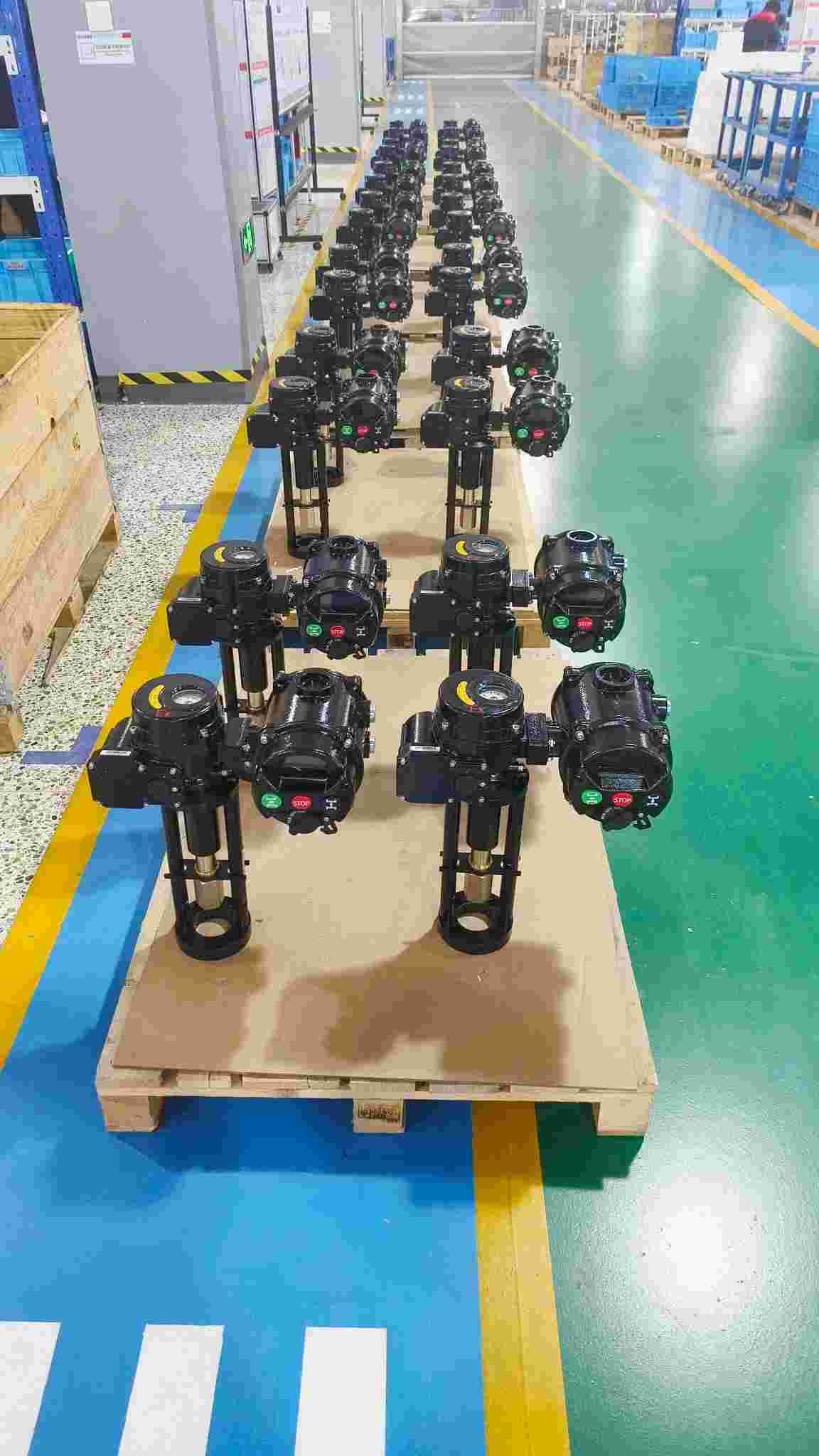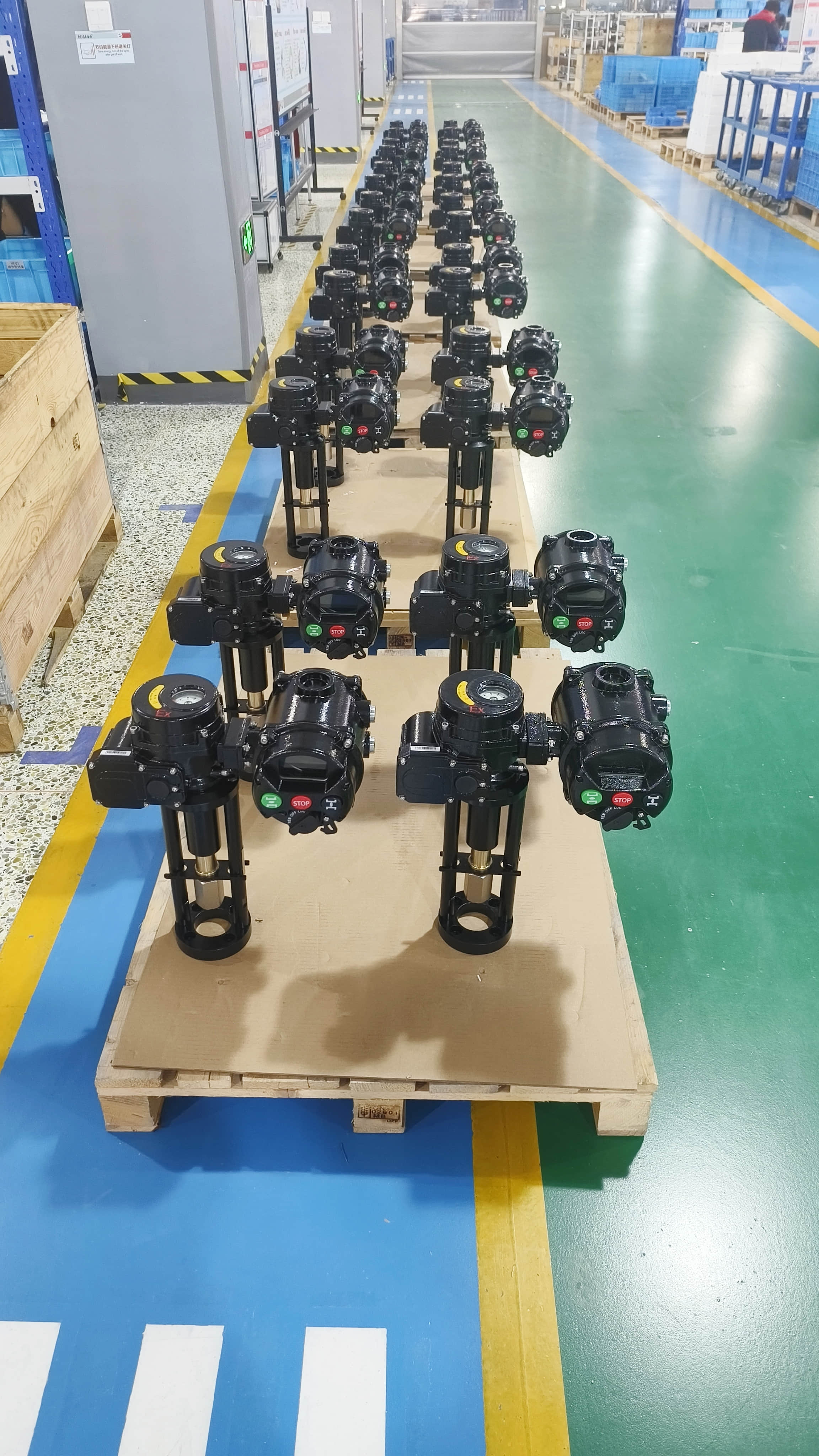
In today's fast-paced technological landscape, the demand for more compact, efficient, and high-performing devices has pushed engineers and designers to explore innovative solutions. One such solution that has gained significant traction is the Intelligent Integrated Actuator (IIA). This cutting-edge device combines multiple key components, such as actuators, sensors, controllers, and feedback systems, into a single integrated unit. By doing so, it streamlines complex systems and enhances overall functionality. This article explores the concept, features, applications, and benefits of intelligent integrated actuators in modern technology.
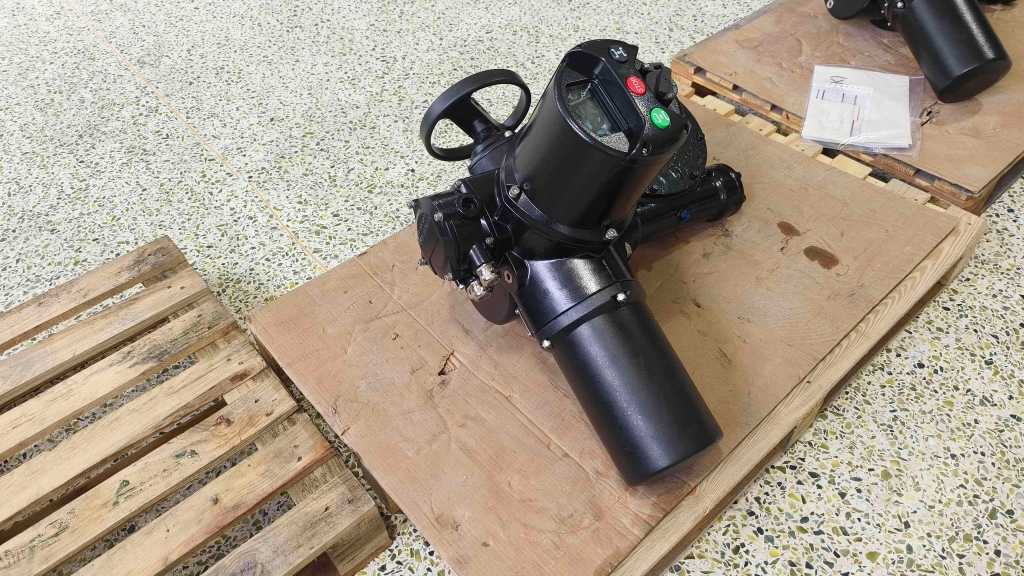
What is an Intelligent Integrated Actuator?
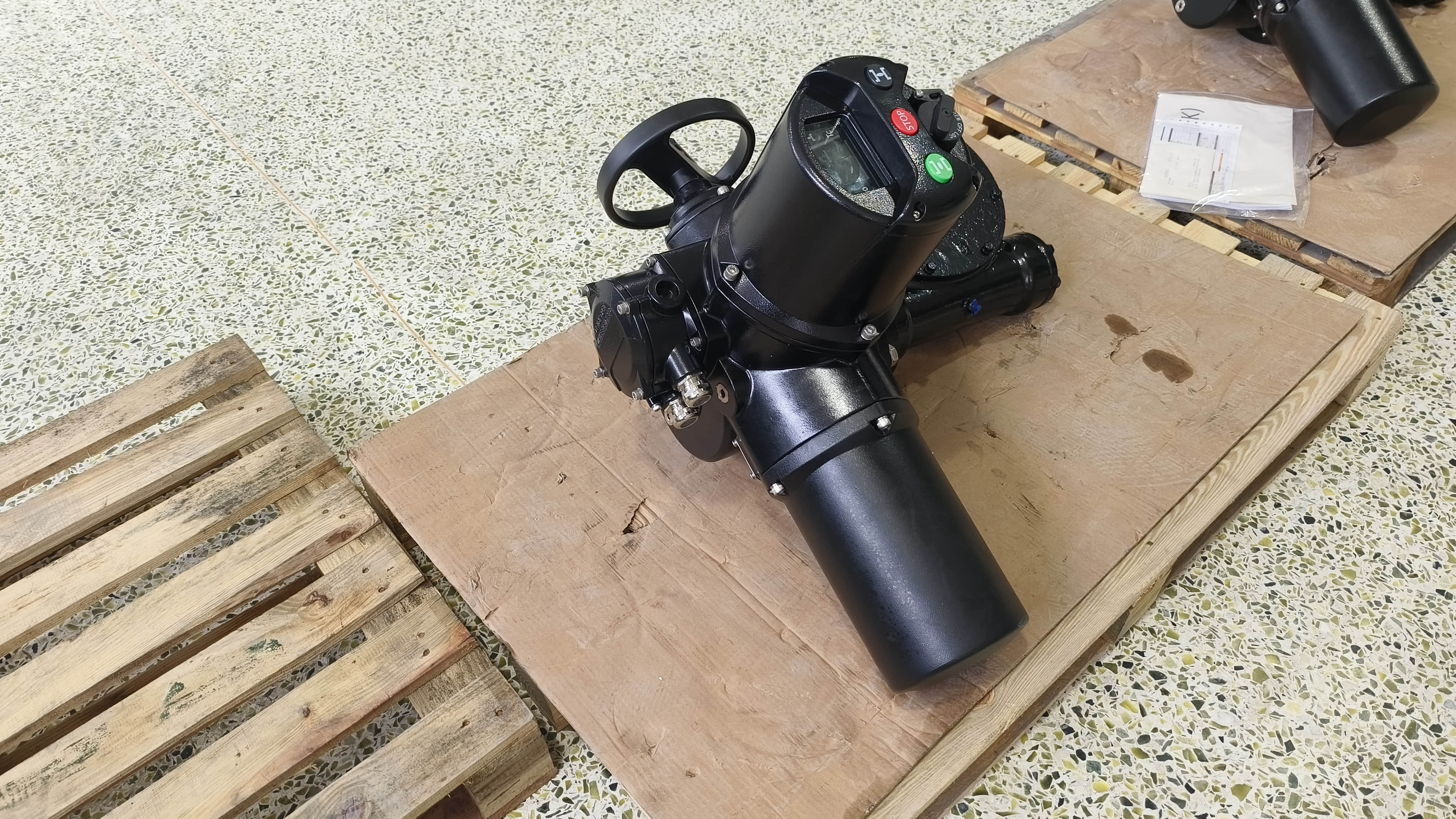
An Intelligent Integrated Actuator is a sophisticated system designed to perform mechanical tasks while integrating intelligence into its functionality. Traditionally, systems involved separate components for sensing, actuation, and control, requiring extensive wiring and coordination. With intelligent integrated actuators, these components are combined into a single unit that can perform the desired mechanical motion autonomously or with minimal external input.
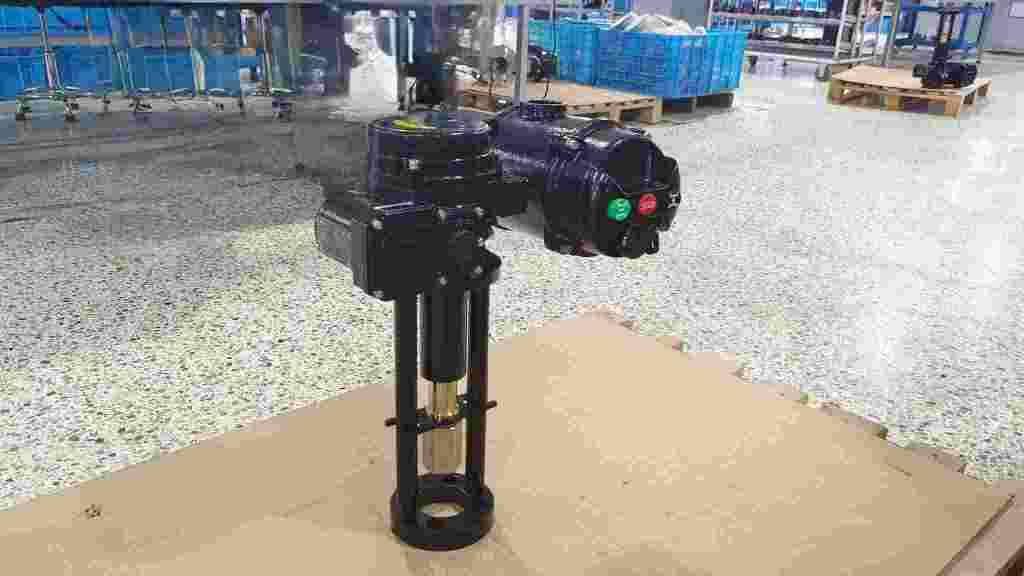
At its core, the IIA includes an actuator responsible for movement, a sensor to gather real-time data, a controller to process information and make decisions, and often a communication interface for system integration. This integration simplifies the system architecture, reduces the need for external components, and allows for more efficient and flexible operation.
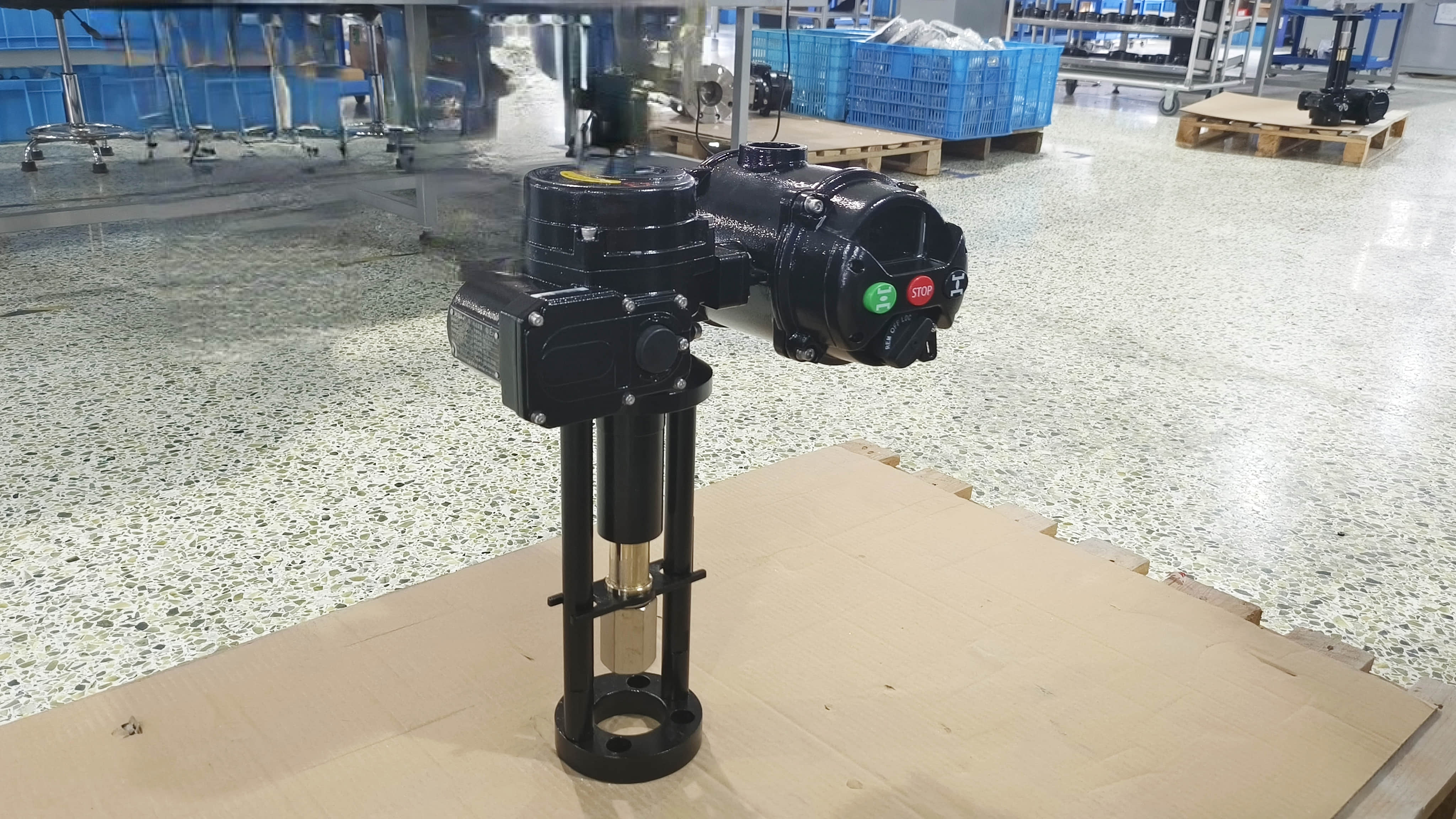
Key Features of Intelligent Integrated Actuators
